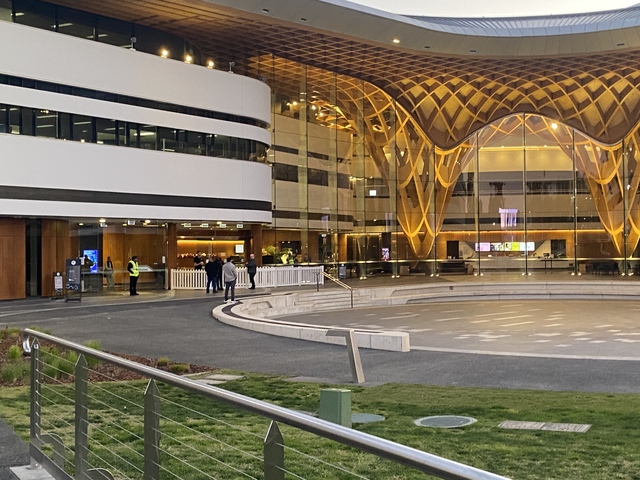By Shaun Inguanzo
A bloody history
SUDANESE refugees are arriving in Greater Dandenong faster than any other ethnic group, and of late have received significant media attention.
But the attention has largely been for the wrong reasons – with little of it addressing the fact that leaving Sudan is not an option, but a means to survival.
The Darfur Conflict – an exercise in ethnic cleansing
MORE THAN 400,000 people have been slaughtered by militia groups in Sudan’s Western state of Darfur since 2003.
The most prominent militia group in the conflict is the Janjaweed.
The United Nations reports that the term Janjaweed translates loosely into ‘evil horseman’.
The militia group has long been at odds with Darfur’s farmers, who are darker-skinned than Janjaweed warriors.
“Until 2003, the conflicts were mostly over Darfur’s scarce water and land resources,” the UN’s website reports.
“The Janjaweed started to become much more aggressive in 2003, after two non-Arab groups, the Sudan Liberation Army and the Justice and Equality Movement, took up arms against the Sudanese Government, alleging mistreatment by the Arab regime in Khartoum.”
The Janjaweed have since raped, pillaged, and massacred with the intention of killing off all of the region’s black African farmers.
The United Nations is also investigating the links between the Sudanese government and the Janjaweed, accused of collusion by their opponents.
But in a breakthrough towards peace, Reuters reported this week that US Governor Bill Richardson had successfully negotiated a ceasefire between the Sudanese government and rebel opponents.
First and Second Civil Wars
SUDAN’S history shows that its north and south regions are culturally and politically divided.
The north consists predominantly of Arab and Muslim Sudanese, and the south non-Arab and Christian or indigenous faith Sudanese.
Civil war erupted soon after the United Kingdom granted Sudan its independence in the 1950s.
Both northern and southern regions, already at odds, feared the other would gain control of the nation, sparking the conflict.
The First Sudanese Civil War lasted 17 years from 1955, and ended in 1972 with a series of agreements between the north and south in what is referred to as the Addis Ababa Agreement.
The Second Sudanese Civil War broke in 1983 after President Gaafar Nimeiry attempted to federalise Sudan, and in doing so, breached the Addis Ababa Agreement that granted autonomy to the north and south regions.
Bloodshed, the displacement of up to four million people, and the deaths of up to two million were the unfortunate result of the conflict.
In January 2005, north and south regions signed the Nairobi Peace Agreement that has allowed south Sudan to be autonomous for six years, after which a referendum will be held to decide the nation’s future.
In March 2005 the United Nations established the United Nations Mission in Sudan with the intention of introducing further peace agreements over coming years.
Refugee program: Australia, and Greater Dandenong
AUSTRALIA’S refugee program takes roughly 13,000 refugees into the country annually.
During the 2005/06 financial year, the program accepted over 14,400 refugees from various countries.
According to the Department of Immigration and Multicultural Affairs, the number of Sudanese ‘humanitarian settlers’ (refugees granted permanent visas) for the 2005/06 period was 3660, making up 30 per cent of all humanitarian settlers to Australia.
The number was, however, lower than the 5572 Sudanese who were granted permanent visas in 2004/05.






